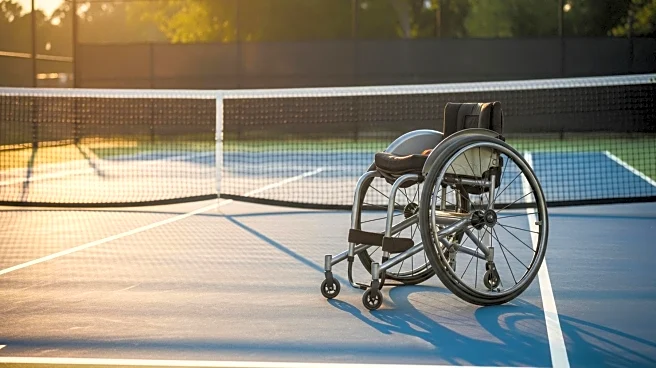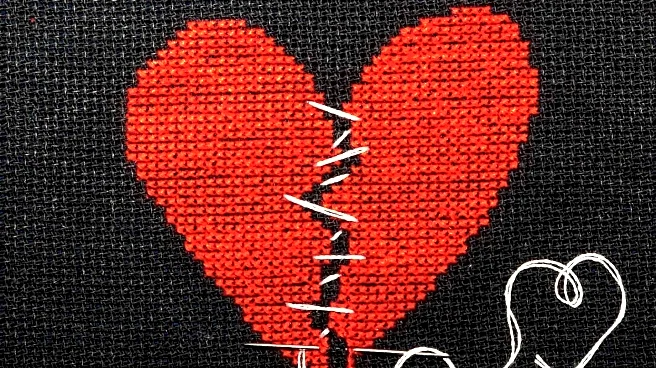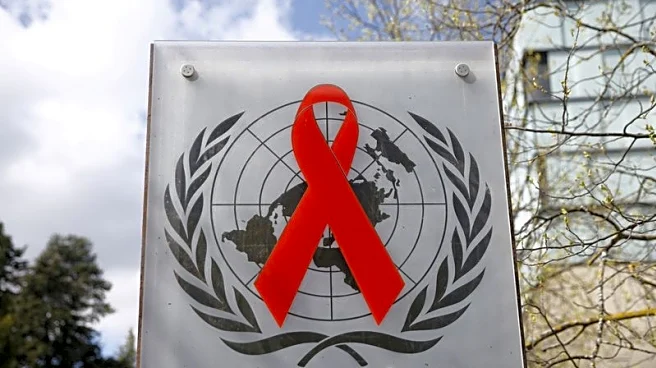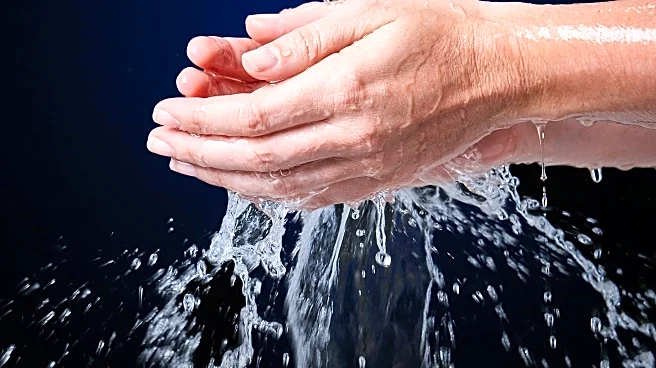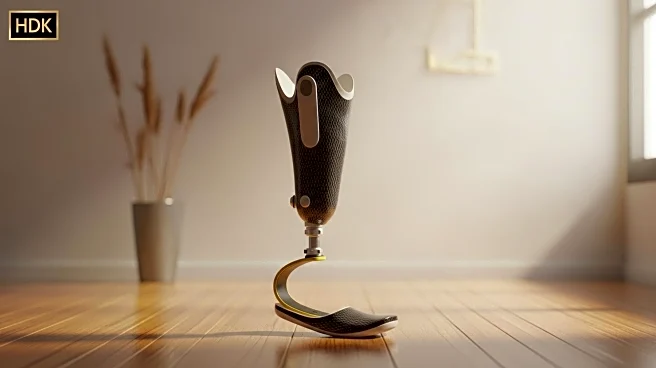What's Happening?
Ketia Moponda, a 19-year-old college student, experienced a severe health crisis shortly after starting university. Initially believing she had 'freshers' flu,' Moponda was later diagnosed with meningococcal septicaemia, a life-threatening condition that led to bacterial meningitis and sepsis. This resulted in the amputation of all ten fingers and both legs. Moponda's condition deteriorated rapidly, with her blood oxygen level dropping to 1%, causing her organs to fail. She was found unconscious in her dorm room and rushed to the hospital, where she was placed in a coma. After waking, Moponda faced the reality of her amputations but remains determined to pursue her dreams, including a modeling career.
Why It's Important?
This case highlights the critical importance of early diagnosis and treatment of meningococcal septicaemia, a condition that can spread through coughing and sneezing. Moponda's story serves as a cautionary tale for students and healthcare providers about the potential severity of symptoms that may initially appear benign. The incident underscores the need for increased awareness and preventive measures in university settings, where close contact can facilitate the spread of infectious diseases. Moponda's resilience and determination to overcome her physical challenges also offer inspiration to others facing similar adversities.
What's Next?
Moponda is currently undergoing rehabilitation with prosthetic lower legs and is hopeful about receiving prosthetic fingers. Her recovery journey includes learning to walk again, with plans to return to running and gym activities. Moponda is committed to breaking barriers associated with disability and aims to continue her modeling career, advocating for confidence and self-acceptance. Her story may prompt universities to review health protocols and support systems for students, potentially leading to improved health outcomes and awareness campaigns.
Beyond the Headlines
Moponda's experience raises ethical and cultural questions about the representation and treatment of individuals with disabilities. Her determination to pursue modeling challenges societal norms and perceptions about beauty and ability. This could contribute to broader discussions on inclusivity and diversity in industries traditionally focused on physical appearance. Additionally, her story may inspire policy changes in healthcare and education sectors to better support individuals facing similar health challenges.

